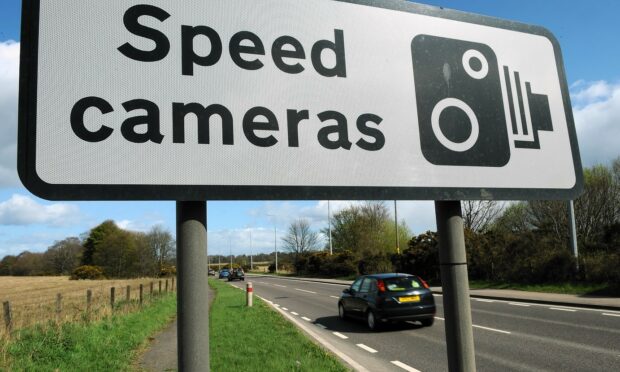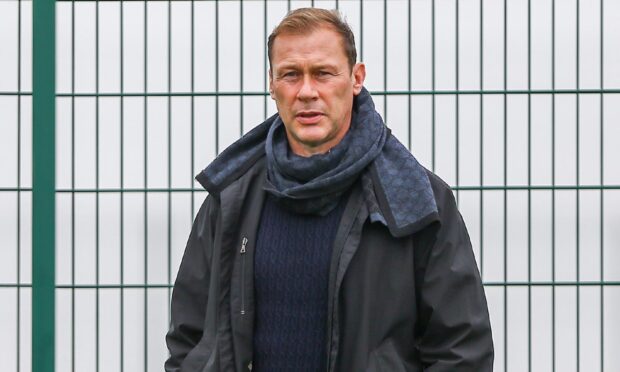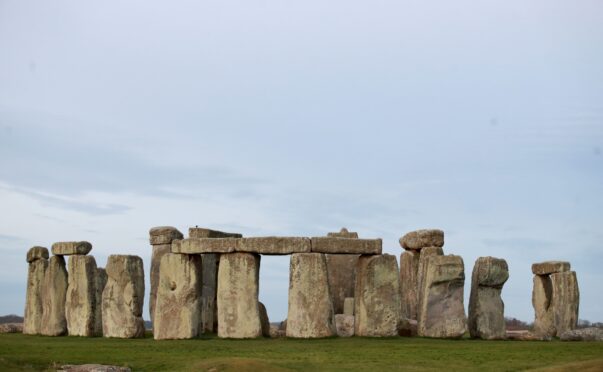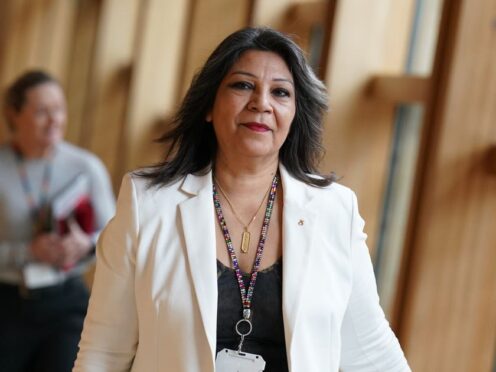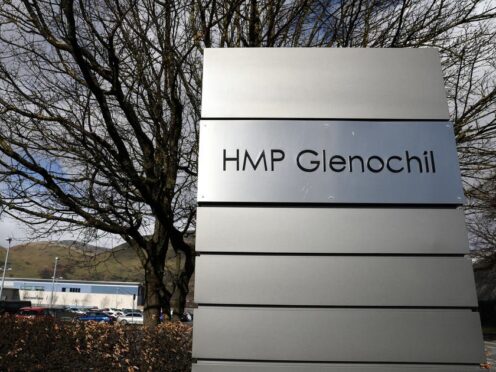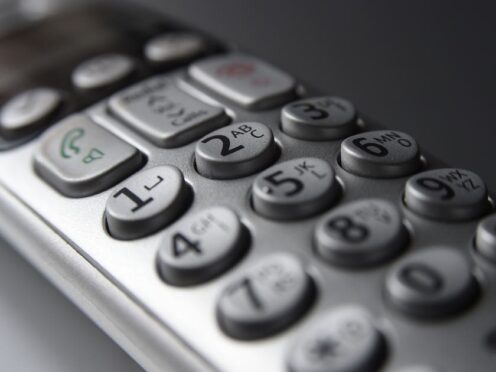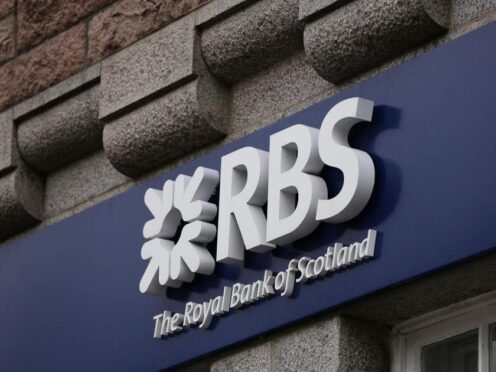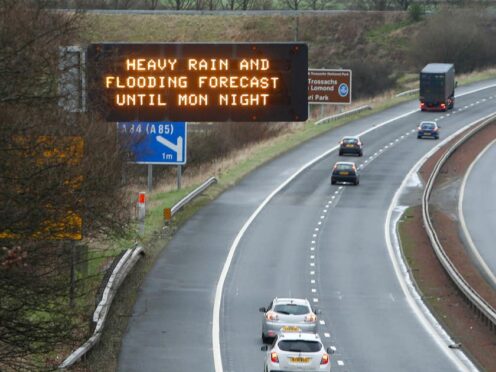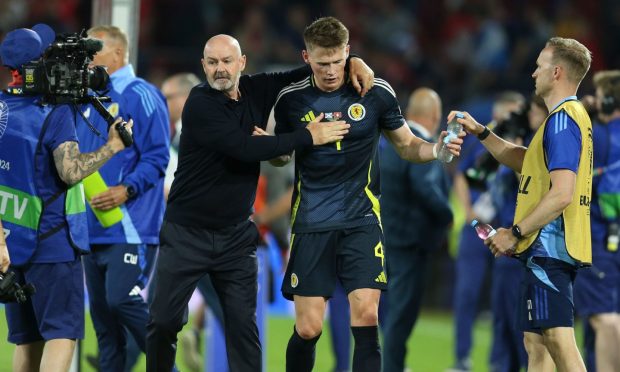Under a third of fixed speed cameras in Scotland are actually switched on and catching offenders, new research has found.
Data released by police shows that there are 174 fixed speed cameras across the nation but that only 50, or 29%, are active.
Across the UK, freedom of information requests answered by 36 of the 45 forces found that four have no fixed speed cameras at all and 13 have fewer than half actively catching speeding drivers.
The 36 which responded with data had a total 2,838 cameras, of which 1,486 – or 52% – were active.
Nine refused to disclose the information or failed to respond.
The figures cover all police fixed speed cameras, but not the mobile devices forces also use.
All forces and speed camera partnerships that responded said they deployed regular mobile speed cameras across their areas. They also said they regularly review which fixed cameras are turned on.
Road safety charity Brake described the figures as concerning and called for all cameras to be switched on, while AA president Edmund King said the high number of inactive cameras was down to pressure on budgets.
The forces which said none of their fixed speed cameras were active were Cleveland, Durham, North Yorkshire and Northamptonshire.
Staffordshire Police have 272 fixed cameras across their patch, but just 14 of them are active, while the Derbyshire force operates 112 cameras with just 10 of them catching speeders.
The forces with a quarter or less switched on are West Yorkshire and Kent, with 25% each, South Yorkshire and Greater Manchester with 24% each, and Cheshire with 17%.
City of London, the Metropolitan Police/Transport for London, Lancashire, Nottinghamshire, Suffolk and Northern Ireland said all their fixed cameras were active.
Mr King said: “Many of the empty yellow cases are due to cuts in road safety grants and the fact that digital cameras, although more effective, are very expensive.
“It is also reflective of the fact that proceeds from cameras are no longer allowed to be ring-fenced to be reinvested into yet more cameras as now all the money goes to the Treasury.”
Jason Wakeford, director of campaigns for road safety charity Brake, said: “A staggering 1,800 people lost their lives on British roads last year and speeding is a factor in thousands of crashes.
“Speed cameras are a proven, cost-effective way of reducing deadly collisions and so it’s critical they are operational.
“We are concerned to see figures which suggest so many are switched off and would urge they are urgently put back into action.”
Police Scotland did not respond to a request for comment.
